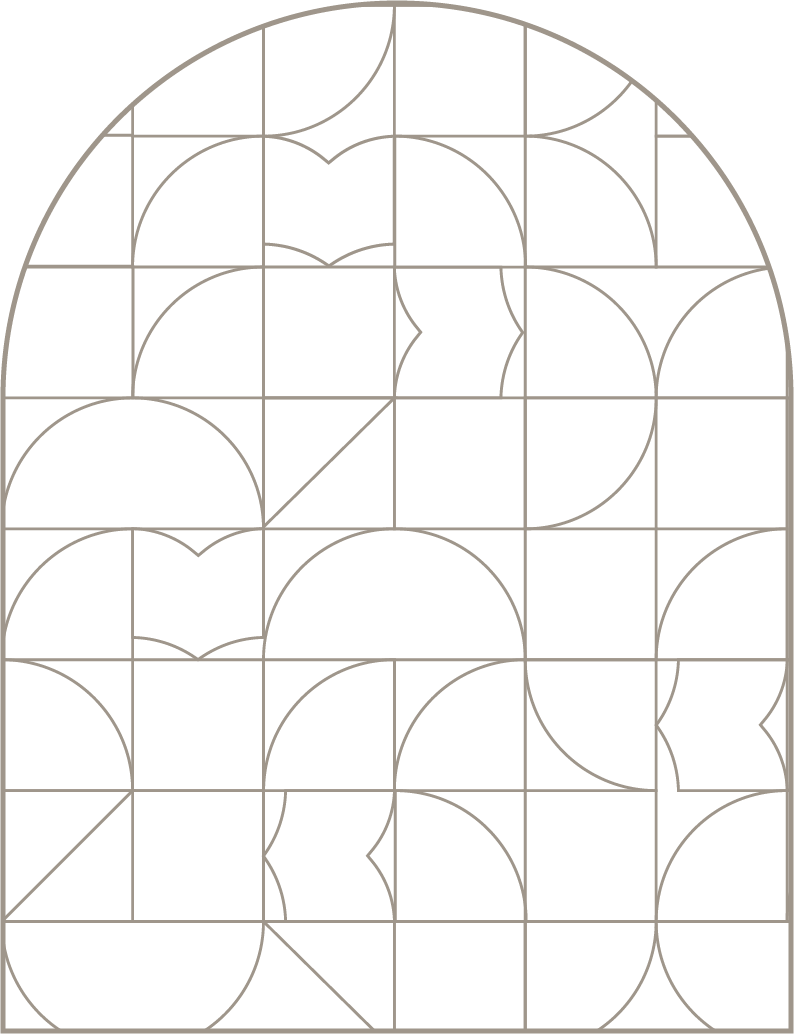


TARİX 1174 - 1175
The Treasury of Mysteries
The Treasury of Mysteries was Nizami’s first long, epic poem and is an outstanding example of didactic poetry in Near and Middle Eastern literature. It was written in 570 AH, corresponding to 1174-1175 CE. Nizami dedicated this unique masterpiece to Bahram Shah (1166-1225), the ruler of Erzincan Province in Asia Minor (now Turkey).
The title, The Treasury of Mysteries, itself indicates that it is in a tradition of didactic literary works popular in the Near and Middle East before Nizami. In terms of subject and purpose, this poem has something in common with such works as Kalila wa-Dimna, Kutadgu Bilig, Hadiqat al Haqiqa, Siyasat-nama, Qabus-nama, Chahar Maqala, while also being distinct. It is as if the great poet summarised preceding didactic literature and imbued it with a higher humanistic and democratic direction.
Sanai Ghaznavi had, in the early 12th century, taken the genre to new heights with his poem Hadiqat al Haqiqa (‘The Garden of Truth’). Sanai also penned numerous short poems, qasida, ghazal and rubai verses. His oeuvre opened a new stage in its confirmation of humanist ideas in Persian poetry. Many poets of the 12th century, including Abdul-Ala Ganjavi and Khaqani Shirvani prided themselves on being his successors in humanistic poetry.
This might also be the reason why Nizami Ganjavi wrote a poem mimicking Sanai Ghaznavi’s Hadiqat al Haqiqa in his early poetic experimentation. This may be interpreted as Nizami’s homage to the achievements of preceding humanist poetry and his not being indifferent towards it. As well as choosing a title similar to that of his predecessor’s work, Nizami openly stated that he shared many of his thoughts and he even wrote numerous stories in the form of a polemic with Sanai’s work. Sanai’s story, Sultan Mahmud and the Old Woman and Nizami’s Sultan Sanjar and the Old Woman are expressive examples that support our argument.
The Treasury of Mysteries can truly be considered Nizami’s creative manifesto. The poem comprises an introduction embracing various issues; 20 Maqalats (Conversations) and 20 short stories that reflect these articles in epic form. Nizami concludes the poem with a short discussion on the book’s completion. He starts the poem’s discussion of Allah (God) and the Prophet under the headings, ‘tovhid, minajat and nat’ [monotheism, prayer and praise of the prophet] and praises them within Islamic teachings. In accordance with the requirements of his time, the poet touches on very serious social problems, albeit via traditional religious expression.
The Treasury of Mysteries is a work rich in intricate content and skilful penmanship. It is significant as a valuable product of the Azerbaijani Renaissance, replete as it is with love for a bright future for ‘ordinary’ humanity.
Source: Nizami Ganjavi, The Treasury of Mysteries. “Leader Publishing House”, Baku. 2004. pp. 6, 7, 8, 20.
Author of the foreword and scientific editor: Khalil Yusifli




